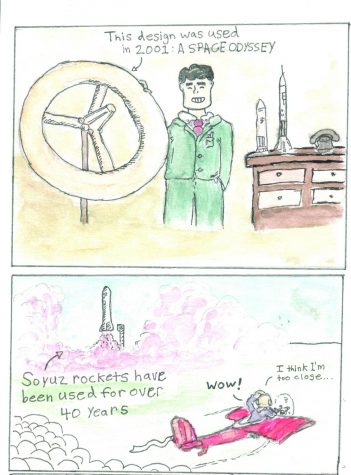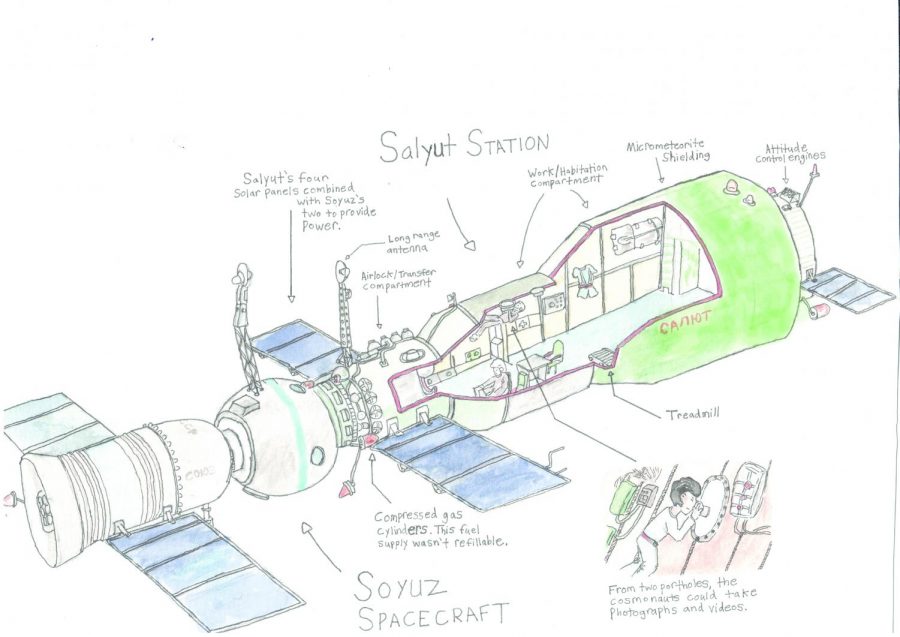John Beutz explores the history of the Salyut space station

More stories from John Beutz
 Today, we take the idea of an orbiting space station for granted. Astronauts and spacecraft are a bigger part of popular culture than ever, and the potential for future space exploration is expanded by private companies such as SpaceX. But just 50 years ago, the idea of humans working and living in orbit habitats was just beginning to transition from dream to reality. The first space station, the Soviet Salyut 1, launched into orbit just 10 years after Yuri Gagarin’s historic first orbit.
Today, we take the idea of an orbiting space station for granted. Astronauts and spacecraft are a bigger part of popular culture than ever, and the potential for future space exploration is expanded by private companies such as SpaceX. But just 50 years ago, the idea of humans working and living in orbit habitats was just beginning to transition from dream to reality. The first space station, the Soviet Salyut 1, launched into orbit just 10 years after Yuri Gagarin’s historic first orbit.
 The three cosmonauts arrived at Salyut 1 in a Soyuz capsule, the same spacecraft used to this day for trips to the International Space Station. Their goal was to find out if human life could thrive in orbit, and how scientific work could be done in the exotic environment of microgravity. They also carried out military experiments with range-finders and rocket plume analysis tools. At one point, an electrical fire forced the crew to evacuate to the Soyuz. They decided to return to Earth, but not before having set a new record time for space habitation (23 days and 383 orbits). The first manned space station mission ended in tragedy when a pressure equalization valve on the Soyuz malfunctioned and vented the air in the ship. Others have died in reentry or on launch in the short history of human spaceflight. But since June 30, 1971, the crew of Soyuz mission 11 remain the only humans to have died in outer space.
The three cosmonauts arrived at Salyut 1 in a Soyuz capsule, the same spacecraft used to this day for trips to the International Space Station. Their goal was to find out if human life could thrive in orbit, and how scientific work could be done in the exotic environment of microgravity. They also carried out military experiments with range-finders and rocket plume analysis tools. At one point, an electrical fire forced the crew to evacuate to the Soyuz. They decided to return to Earth, but not before having set a new record time for space habitation (23 days and 383 orbits). The first manned space station mission ended in tragedy when a pressure equalization valve on the Soyuz malfunctioned and vented the air in the ship. Others have died in reentry or on launch in the short history of human spaceflight. But since June 30, 1971, the crew of Soyuz mission 11 remain the only humans to have died in outer space.
Edward Everett Hale wrote “The Brick Moon” in 1869: A speculative fiction story with the first known depiction of an artificial satellite. It was supposed to aid in ship navigation, but I’m not sure how well it would hold together!










































